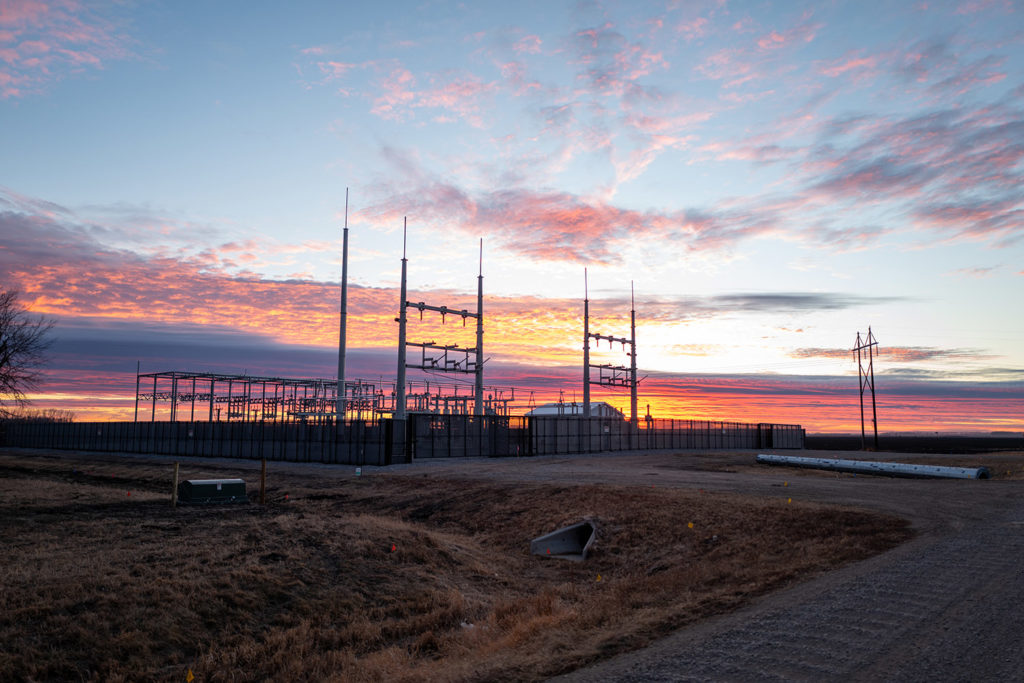
The U.S. Department of Agriculture has approved $598 million in loans for 11 projects, most of them at electric cooperatives, to improve and modernize rural electric infrastructure for delivery of affordable, reliable power to thousands of residential, commercial and agricultural consumers.
Low-interest loans will go to nine co-ops across the country, in addition to the Navajo Tribal Authority in Arizona and ASP2 Rural LLC in Maine. About 460,000 rural residents and businesses will benefit from this round of funding.
Several loans will help expand smart grid technologies, “a catalyst for broadband and other telecommunications services in unserved and underserved rural areas,” the USDA said in its March 16 announcement.
“Now is the time for our nation to make significant investments in infrastructure—roads, bridges, broadband and energy—to improve quality of life and support good-paying jobs, transition to a clean energy economy, and keep the United States poised to lead the global economy,” said Agriculture Secretary Tom Vilsack.
Minnkota Power Cooperative, headquartered in Grand Forks, North Dakota, will receive about $80.5 million in loans to fund 98 generation and power delivery projects, specifically rebuilding power lines and substations and upgrading aging infrastructure.
“We have power lines and substations on our system today in very rural areas that are in some cases 50 to 60 years old,” said Ben Fladhammer, the director of communications for the generation and transmission co-op, which serves 11 member co-ops spread throughout 35,000 square miles in eastern North Dakota and southwestern Minnesota.
“We’ve reached a point where those resources have served us well, but it’s time for us to rebuild or replace them and integrate new technologies and really position our area and our system for the future.”
Smart technologies will modernize many of those substations, Fladhammer noted. “We will have access to more data in the field so that when we go out into our service territory for an issue we will know ahead of time where to start.”
In Missouri, Intercounty Electric Cooperative Association received a $15 million loan, which it will reinvest in its system for maintenance and upgrades over the next five years. The loan includes $432,000 in smart grid technologies.
“The availability of these loan funds lowers the required amount needed from co-op members through electric rates,” said Heather Satterfield, director of communications at the Licking-based co-op.
Victoria A. Rocha is a staff writer at NRECA.